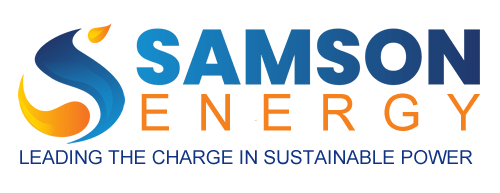A solar inverter is the key component of a solar energy system. It takes the direct current (DC) electricity generated by the solar panels and converts it into alternating current (AC) electricity, which is what powers homes and businesses.
A solar inverter, also known as a photovoltaic (PV) inverter, is a device that converts the direct current (DC) produced by solar panels into alternating current (AC) that can be used to power homes and businesses or fed back into the grid.
Solar panels produce DC electricity when exposed to sunlight, but most household appliances and the power grid operate on AC electricity. The solar inverter converts the DC electricity into AC electricity with the correct voltage and frequency to match the grid or a building’s electrical system.
Solar inverters can also perform other functions such as monitoring the system’s performance, regulating the power output of the solar panels, and disconnecting the system from the grid in case of a power outage. There are several types of solar inverters, including string inverters, microinverters, and power optimizers, each with its own advantages and disadvantages.


